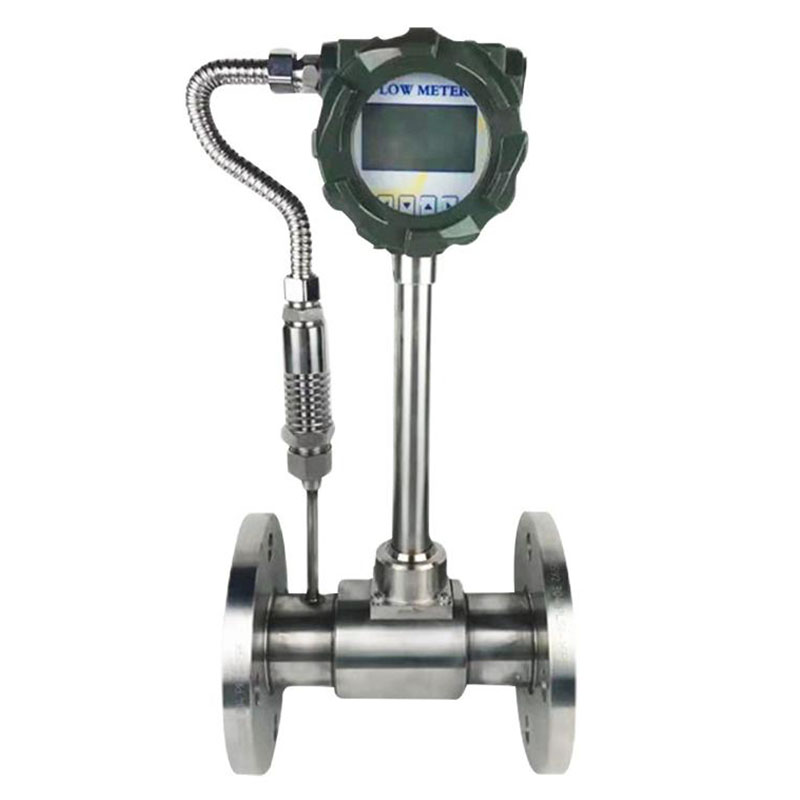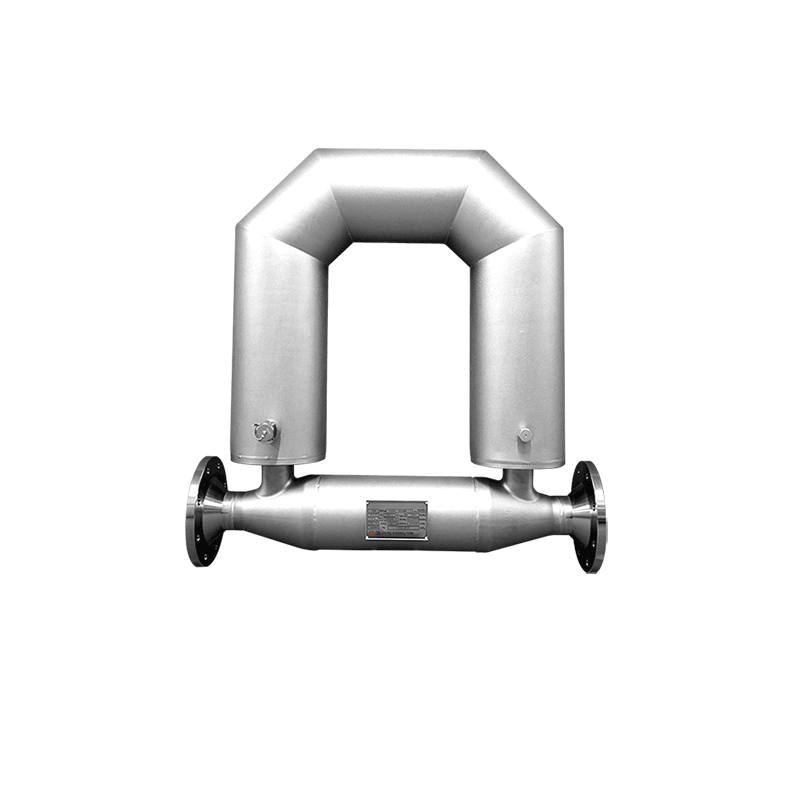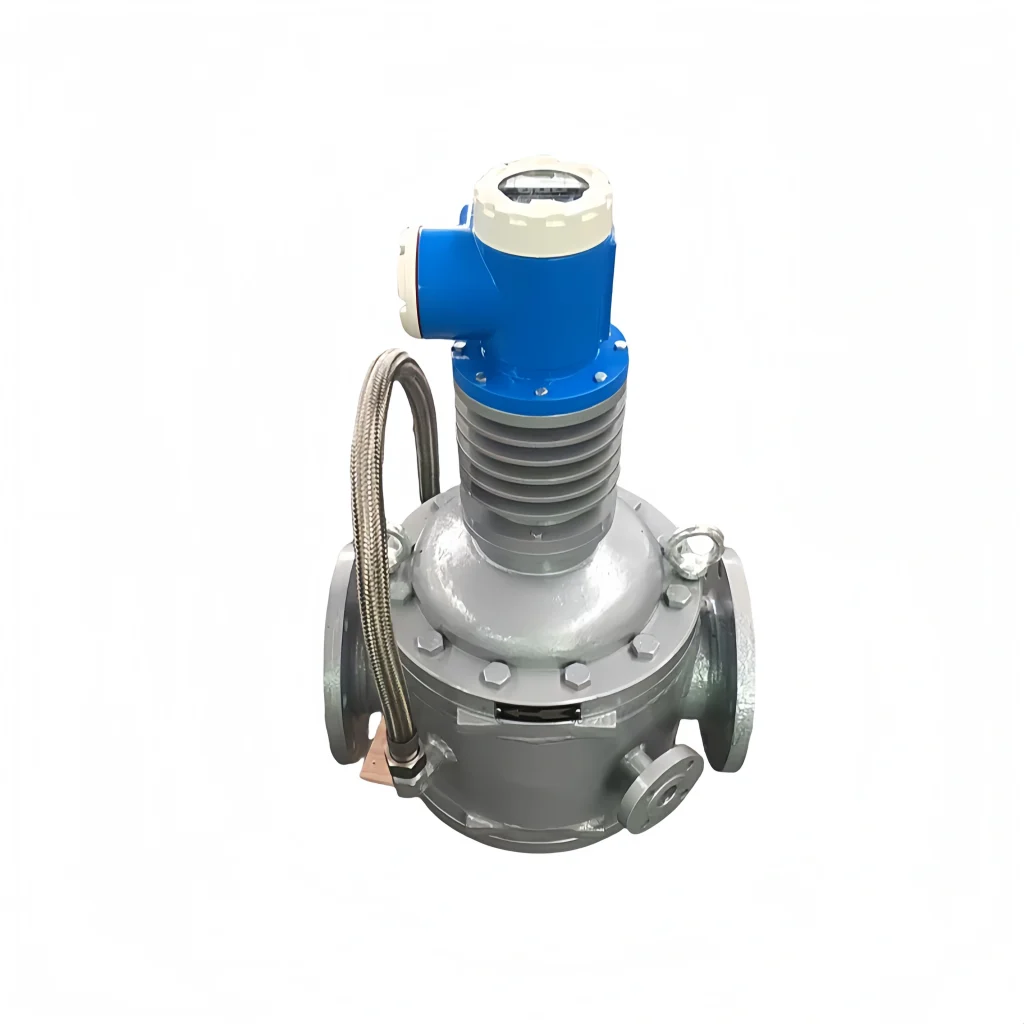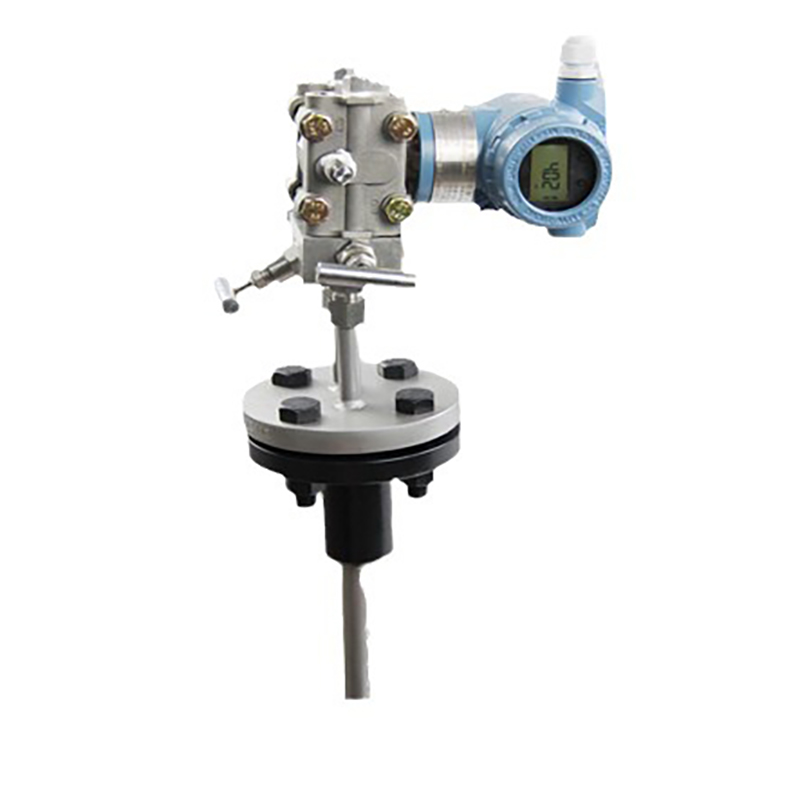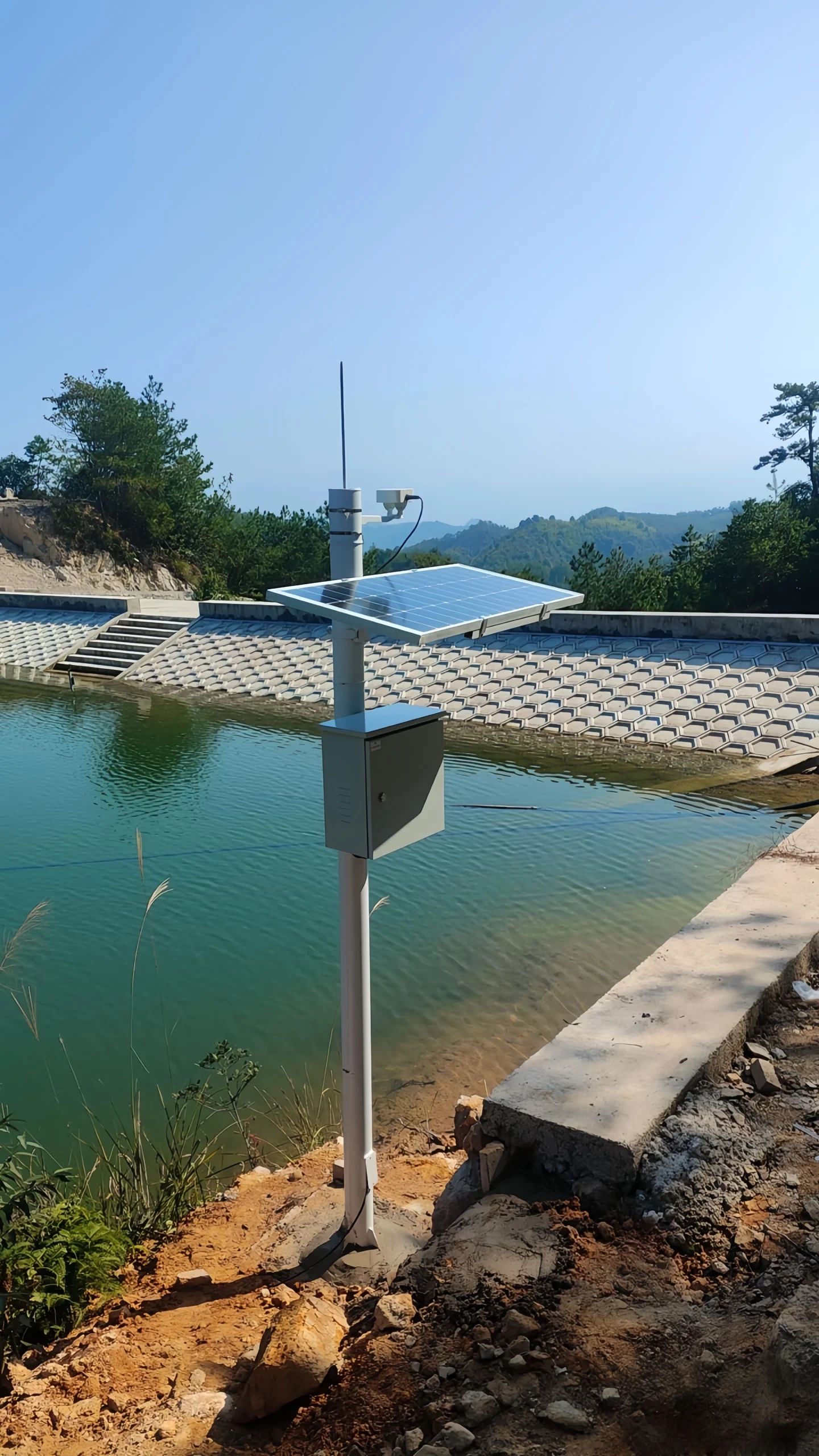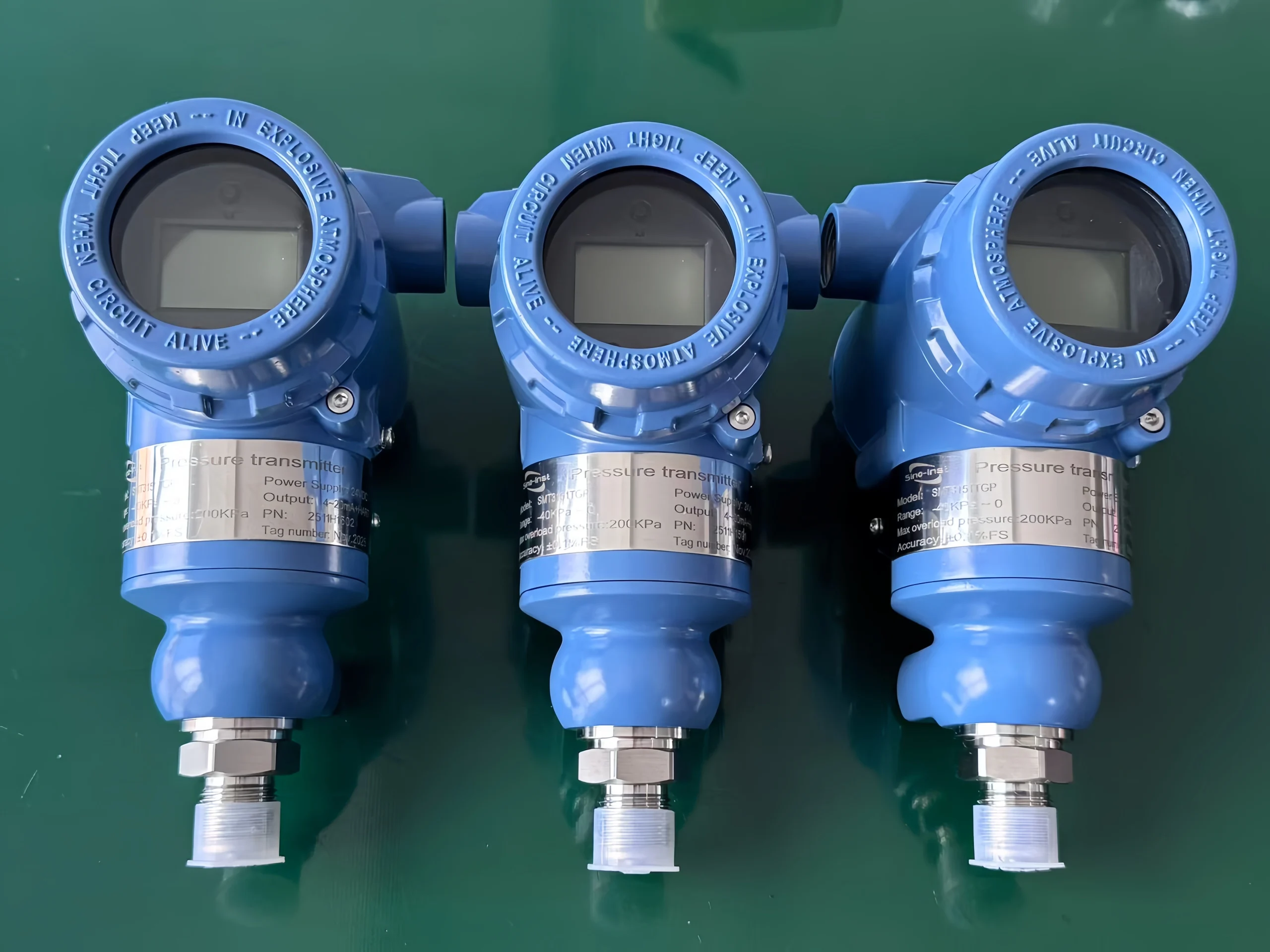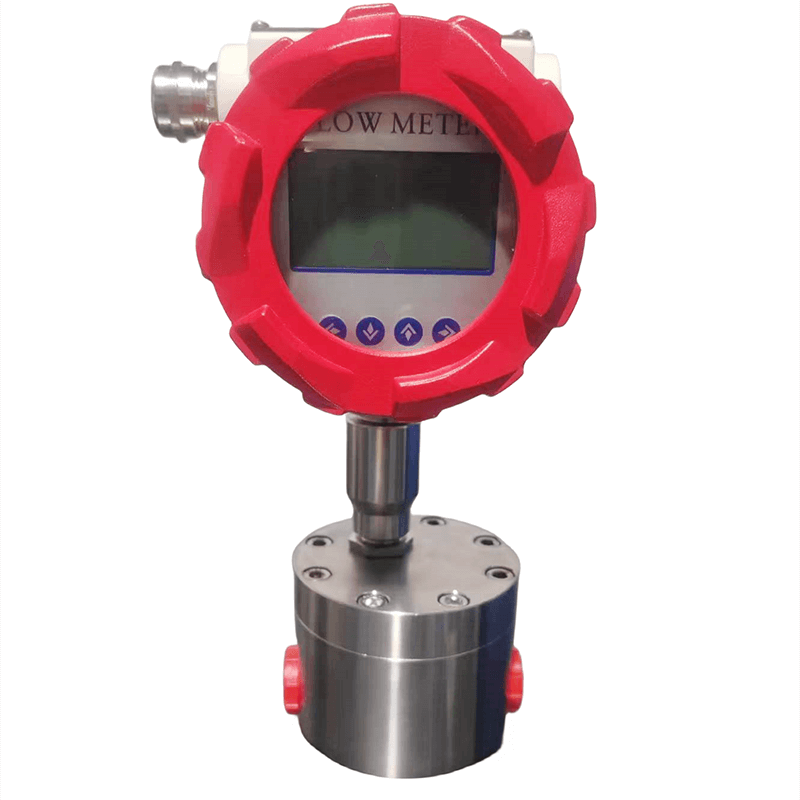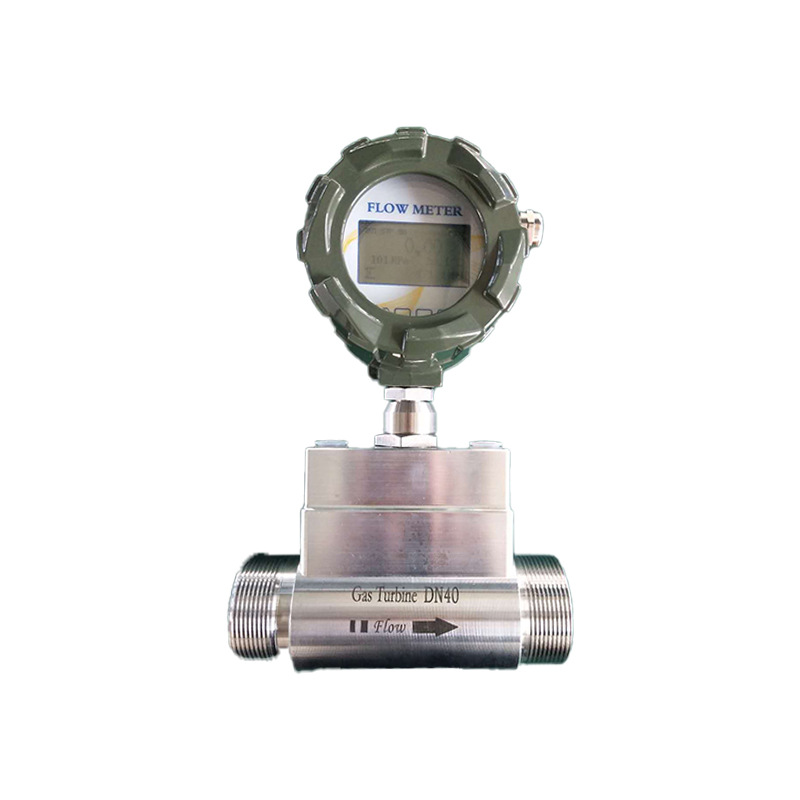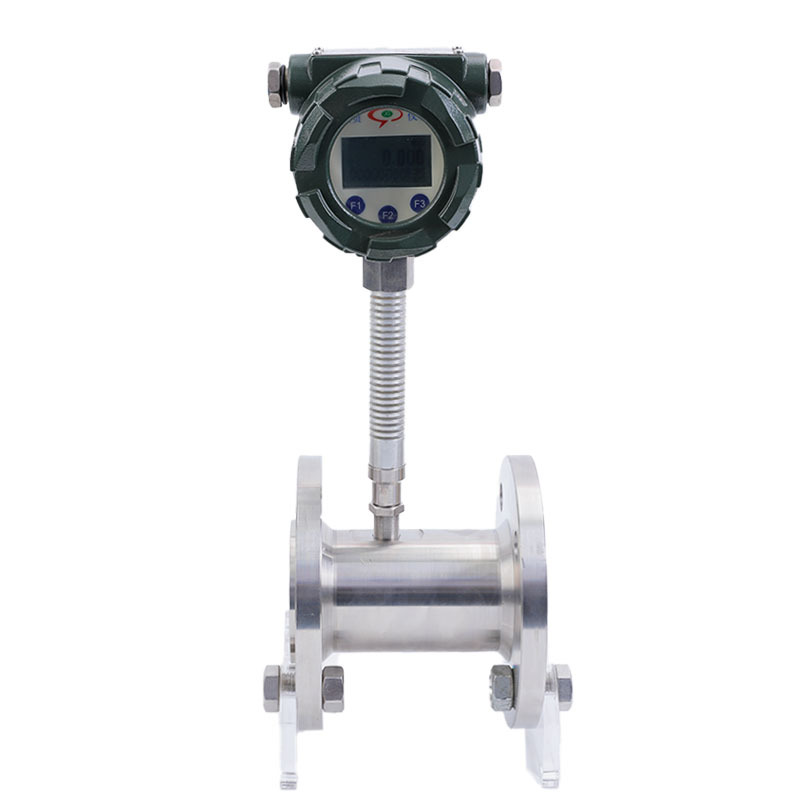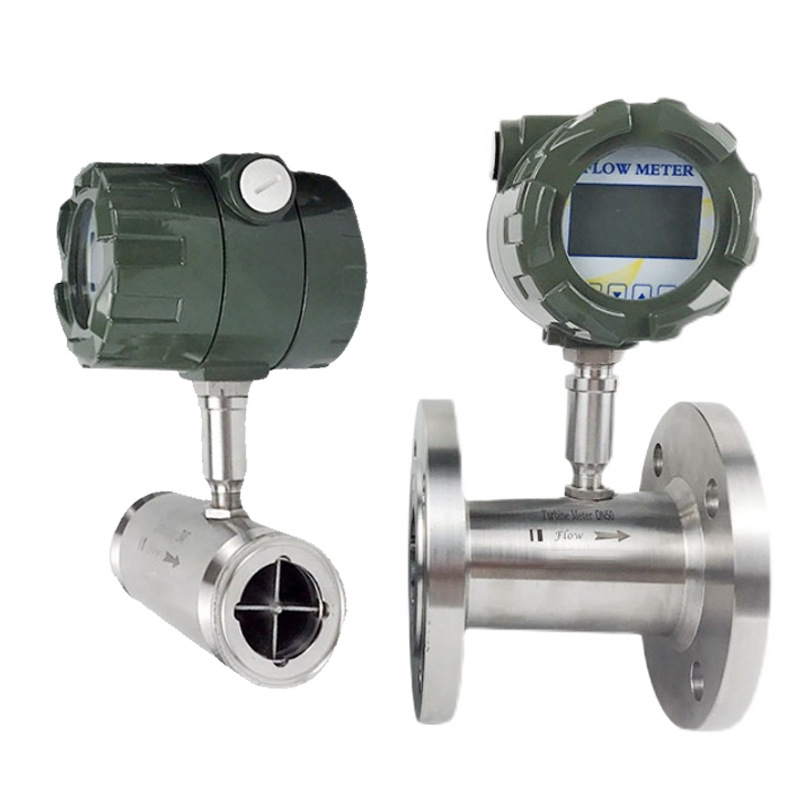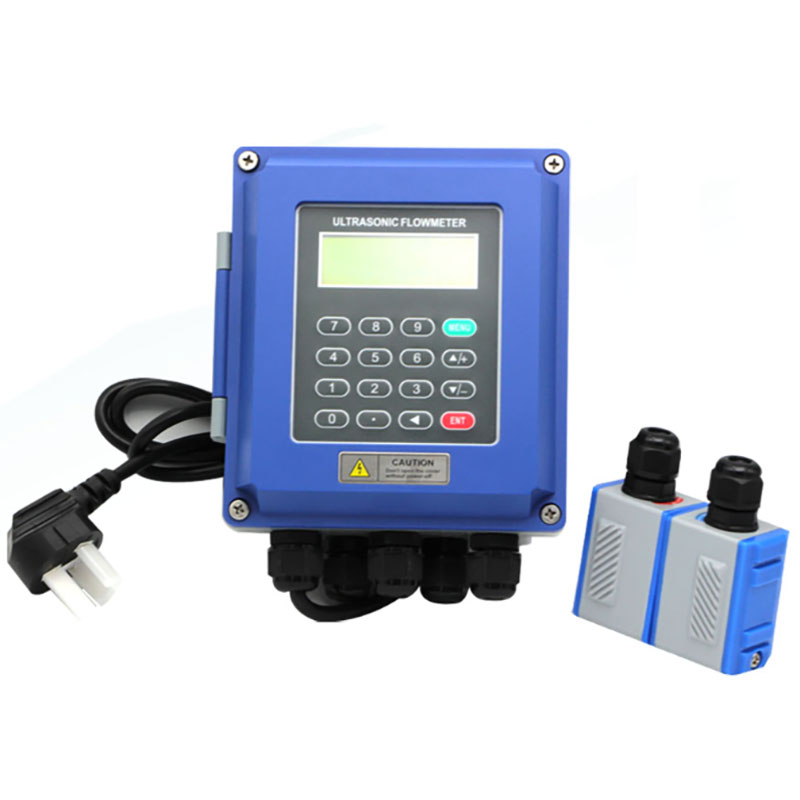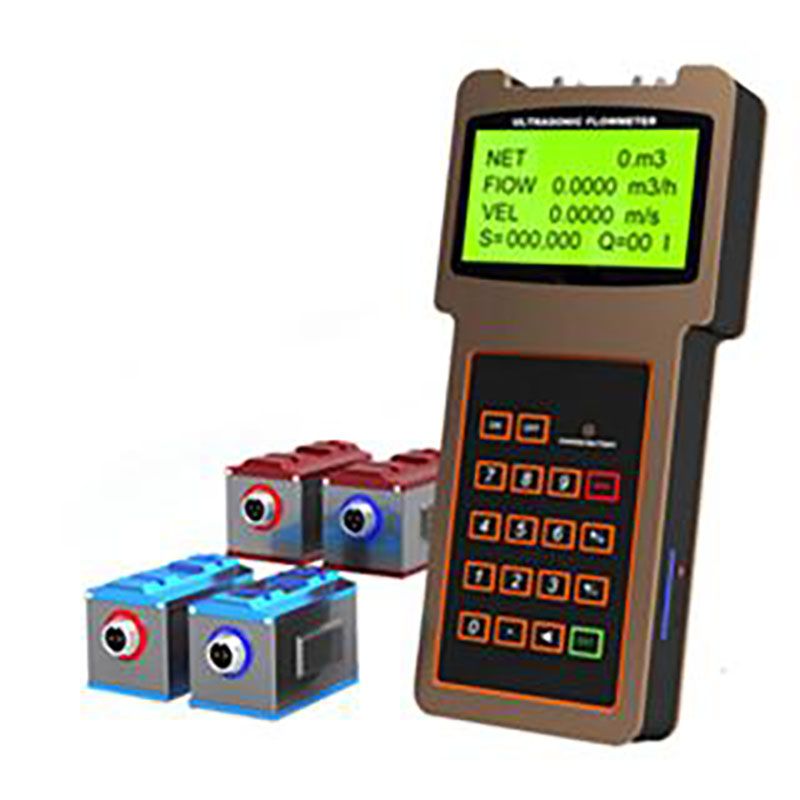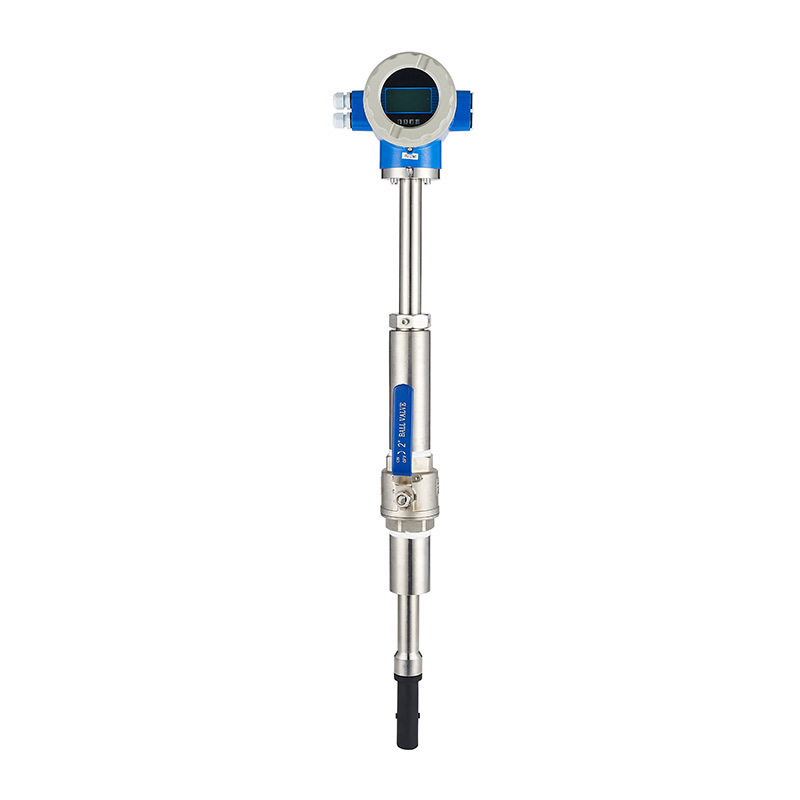High-temperature flow meters are important instruments in industrial measurement. They are usually designed to measure the flow of various media at relatively high temperatures. With the continuous development of modern industrial technology, high-temperature flow meters are mainly used in high-temperature industries. such as metallurgy, power, petroleum, and chemicals.
High-Temperature Flow Meter Types:
The most common way to measure high-temperature media is with high-temperature flow meters. There are many types of high-temperature flow meters. The table below shows the types and comparisons of different high-temperature flow meters.
Coriolis Mass Flow Meter:
High-precision Coriolis flow meters are mainly used to measure the instantaneous mass flow rate and cumulative mass flow rate, the instantaneous volumetric flow rate and the cumulative volumetric flow rate of a medium. They can also display the medium temperature, density, or concentration. It is mainly applicable to the following industries:
(1) Petroleum Industry:
- Measurement of petroleum products such as diesel, gasoline, and heavy oil;
- Measurement of crude oil production, water content, and single-well production;
- Measurement of crude oil loading and unloading volume;
(2) Chemical Industry:
Measurement of toluene, xylene, methyl ethyl ketone, cyclohexanone, n-butanol, isobutanol, dichloromethane, liquid sulfur, caprolactam, etc.
(3) Power Industry:
- Measurement of fuel oils such as heavy oil and diesel;
- Limestone-gypsum wet desulfurization slurry density meter;
(4) Food and Pharmaceutical Industry:
Measurement of chocolate syrup, milk, fruit juice, liquid medicines and raw materials (clamp-type sanitary connections);
(6) Other Industries:
- Pulp measurement in the paper industry;
- Power plant desulfurization slurry density meter;
- Fine chemical raw material proportioning; Asphalt measurement.
Read More about:
Coriolis Flow Meter vs Magnetic Flow Meter
Turbine Flow Meter and Coriolis Mass Flow Meter-Difference and Selection
Coriolis Mass Flow Meter – Technical Guide
Target flow meter:
During the oil refining process, some petroleum products. such as LPG, diesel, and fuel oil, may flow under high-temperature conditions.
In the petrochemical industry, target flow meters are commonly used to measure the flow rate of media. such as crude oil, refined oil, and chemical raw materials.
These media often have high viscosity and corrosiveness. And target flow meters can adapt to these conditions. It can provide stable flow measurement.
Read More about: Intelligent Target Flow Meter
Vortex Flow Meter:
High-temperature vortex flow meters are based on the Karman vortex street principle. When media flows through an obstacle, regular vortices are alternately generated on both downstream sides.
The frequency of these vortices is proportional to the fluid velocity. By detecting the vortex frequency, the fluid velocity and flow rate can be measured.
For some high-temperature industrial processes, high-temperature vortex flow meters employ special high-temperature resistant materials and a heat dissipation structure design. It enables stable operation at ambient temperatures of 350℃ or even higher. The heat transfer oil is supplied by heavy oil, light oil, or flammable liquid. The operating temperature of the heat transfer oil medium tested on-site must be between (0-350)°C.
If the temperature is higher than 350°C, it is not recommended to use a vortex flow meter. Differential pressure flow meters are recommended for measurement. Differential pressure flow meters have a measurement operating temperature range of (0-700)℃ and can withstand high temperatures. Vortex flow meters are not as reliable as differential pressure flow meters. The instrument cannot withstand high temperatures, which can easily damage the flow meter.
Industrial Steam Vortex Flow Meters-Multivariate Measurement
Quick Start Guide: LUGB Series Vortex Flow Meter Installation
Annubar Flow Meter:
Annubar flow meters are a new type of differential pressure flow detection element developed based on the pitot tube velocity measurement principle. It outputs a differential pressure signal. It is used in conjunction with instruments that measure differential pressure. It can accurately measure the flow rate of various high-temperature gases and steam (superheated steam and saturated steam) in circular and rectangular pipes. It is usually used in power industries, nuclear industry, chemical industry, petroleum and metal smelting industries, etc.
Differential Pressure Flow Meter Technical Guide
Insertion Installation Annubar Flow Meter for All Industries
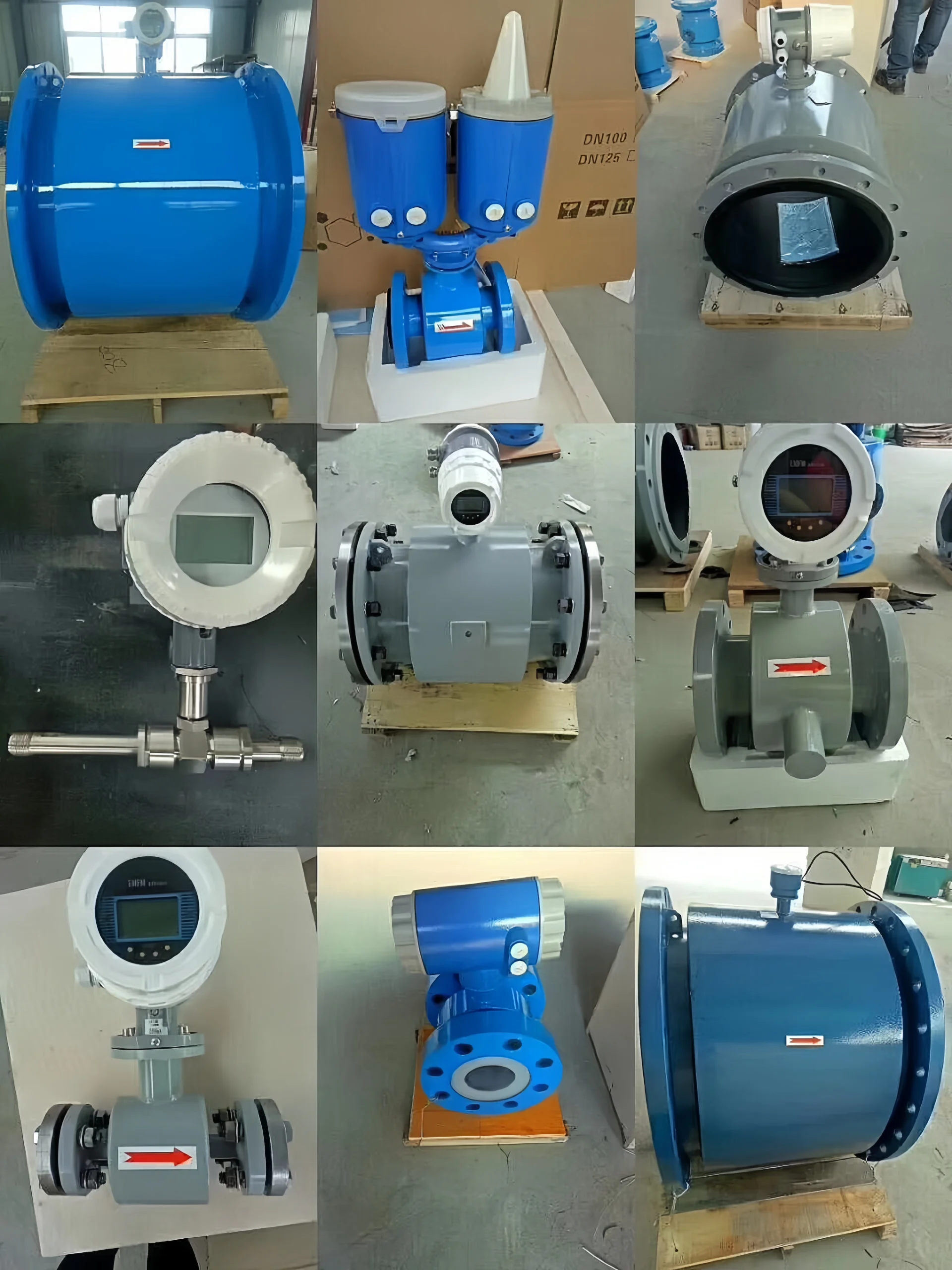
Thermal Mass Flow Meter:
Thermal flow meters measure flow based on the heat transfer features of gases. This technology involves introducing a certain amount of heat into the gas flow and measuring the effect of gas flow on heat transfer. Thermal flow meters normally include a heating element and at least one temperature sensor.
As gas flows through these components, it carries a certain amount of heat, thus changing the sensor’s temperature. This temperature change allows the calculation of the gas flow rate.
What is a Thermal Mass Flow Meter? Working Principle-Application
Elliptical Gear Flow Meter:
The high-temperature elliptical gear flow meter is a volumetric instrument. It measures the total flow rate of liquids flowing through a pipe. It is mainly used to measure the cumulative flow of expensive media. such as oil or other high-viscosity media.
High Temperature Flow Meter with Oval Gear
Industrial Oil Flow Meter for Measuring Oil and Other High-Viscosity Liquids

High-Temperature Flow Meter Comparison:
| Flow meter types | Main measurement media: | Maximum operating temperature | Accuracy |
| Vortex flow meter | Gas, liquids, high-temperature oils | 420℃ | 1% – 1.5% |
| Target flow meter | High-viscosity, low Reynolds number media | 500℃ | 0.50% |
| Coriolis mass flow meter | Liquids, gases (high pressure, high viscosity) | 350℃ | 0.1% |
| Annubar flow meter | Liquids, gases, vapors | 800℃ | 1% |
| Oval gear flow meter | High-viscosity liquids, corrosive liquids | 350℃ | 0.50% |
| Thermal mass flow meter | Gases (excluding acetylene) | 300℃ | 1% – 2.5% |
High-Temperature Gas Flow Measurement
High-temperature gas flow meters are mainly used in various industries due to their high accuracy, high sensitivity, and strong adaptability.
Industrial Production:
In petrochemicals, steel smelting, and ceramics production, high-temperature gas flow meters are mainly used to monitor and control gas flow in many processes.
Scientific Research:
In scientific research experiments, high-temperature gas flow meters can be used to measure gas emissions and reactor gas flow.
Environmental Monitoring:
In environmental protection, high-temperature gas flow meters are usually used to monitor industrial waste gas emissions. It helps to assess and control environmental pollution.
High-temperature gas flow measurement is usually used in many industries. such as energy, chemical, and environmental protection, including thermal power plants, oil refineries, and chemical plants.
In these applications, high-temperature gas flow measurement is key for production process control and energy consumption monitoring. With the development of industrial automation and intelligence, the requirements for the accuracy and reliability of high-temperature gas flow measurement are becoming increasingly stringent.
Challenges of High-Temperature Gas Flow Measurement:
- High-temperature gases possess characteristics. such as high temperature and pressure, flammability, and explosiveness, posing vital challenges to flow monitoring.
- Existing flow measurement technologies struggle to adapt to high-temperature environments. It encounters issues such as thermal expansion and contraction, and material aging.
- The complexity of fluid dynamics and thermodynamics makes high-temperature gas flow measurement technically very difficult. The principles of high-temperature gas flow measurement mainly include mass flow measurement, volumetric flow measurement, and velocity flow measurement.
- Commonly used mass flow measurement methods include Coriolis mass flow meters and thermal mass flow meters. Volumetric flow measurement methods include differential pressure flow meters and vortex flow meters.
Guide for Different Types of Natural Gas Flow Meters
Featured 7 Types of Industrial Gas Flow Meters
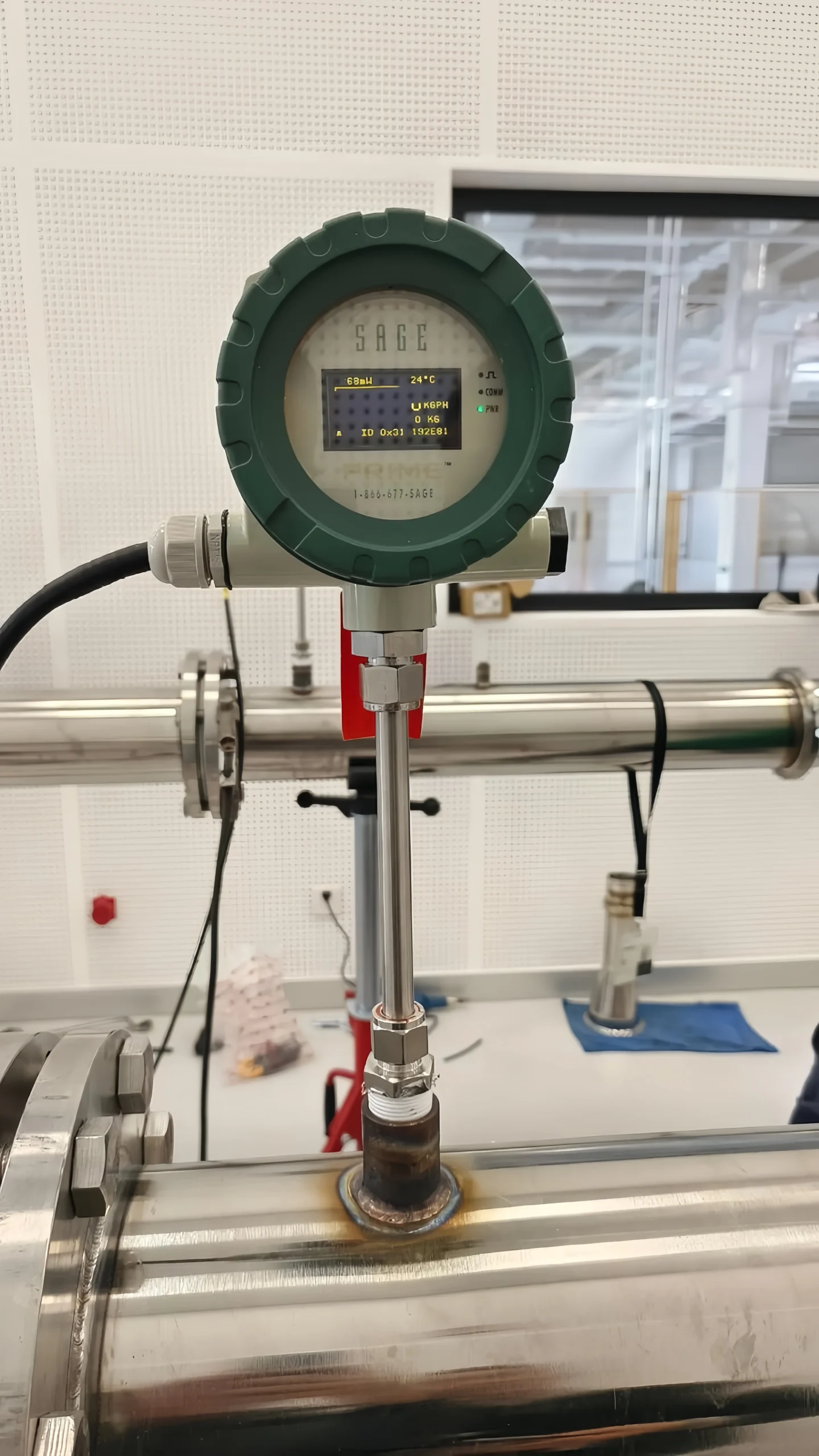
High-Temperature Oil Flow Measurement
Generally, in many industries, the flow rate of heat transfer oils frequently needs to be measured. Heat transfer oil, as an industrial heat transfer medium, is widely used in heat transfer systems in industries. such as petrochemicals, textile printing and dyeing, and food processing. Its performance directly affects the operating efficiency and safety stability of equipment.
The main challenges in heat transfer oil flow measurement are as follows:
Heat transfer oil is prone to coking and contains corrosive components. It requires specialized anti-scaling and anti-corrosion designs. Long-term operational stability is affected.
Sino-Inst commonly uses vortex flow meters, target flow meters, and Annubar flow meters to measure the flow rate of high-temperature oils.
Oil Level Switches for Industrial Oil Level Control
Oil Level Sensor for Industrial Oil Tank Level Measurement
Oil Pressure Sensor- Working 、Checking、Fixing and Application
Quick Guide: Heating Oil Flow Meter
Industrial Diesel Flow Measurement

High-Temperature Liquid Flow Measurement
Common high-temperature liquids include adhesives and asphalt. The following flow meters can be used to measure the flow rate of adhesives and asphalt.
High-temperature liquid measurement presents several challenges:
- Excessively high temperatures can alter the properties of the liquid. It causes some of it to vaporize, leading to instrument errors.
- Harsh operating environments can also significantly impact the measurement results of high-temperature liquid flow meters. Excessively high temperatures may cause turbine flow meters to malfunction or fail.
- The medium generally contains impurities that cause wear on bearings and shafts. It increases the clearance between them and disrupts the dynamic balance of moving parts. These factors all contribute to a decrease in the instrument’s displayed value, resulting in errors.
- Fibrous or viscous impurities in the fluid adhere to the rotating parts of the elliptical gear flow meter, increasing rotational resistance and causing a decrease in the instrument’s indicated value, resulting in errors.
Sino-Inst commonly uses high-temperature liquid flow meters, including vortex flow meters, oval gear flow meters, target flow meters, and Coriolis mass flow meters.
Variable Area Flow Meters for Gas and Liquid Flow
Industrial Propane Flow Meters for Liquid/Gas Propane Measurement
Sino-Inst Featured High-Temperature Flow Meter
How to Choose the Right High-Temperature Flow Meter?
Five aspects to consider when selecting a high-temperature flow meter:
Characteristics of the fluid being measured:
Fluid temperature, pressure, density, viscosity, chemical corrosion, abrasiveness, scaling, miscibility, phase change, conductivity, sound velocity, thermal conductivity, specific heat capacity, and isentropic index.
Installation conditions of the flow meter:
It mainly includes pipeline layout direction, flow direction for field-display electromagnetic flow meters, upstream and downstream straight pipe lengths of the sensing element, pipe diameter, maintenance space, power supply, grounding, auxiliary equipment (filters, deaerators), installation, etc.
Performance indicators of the flow meter:
It includes accuracy, repeatability, linearity, rangeability, flow range, signal output characteristics, response time, pressure loss, etc.
Environmental factors of the flow meter:
It includes ambient temperature, humidity, electromagnetic interference, safety, explosion protection, pipeline vibration, etc.
Economic factors:
Flow meter purchase cost, installation cost, operating cost, calibration cost, maintenance cost, instrument lifespan, spare parts, etc.

How to Measure Hot Water Flow?
A hot water flow meter is a device used to measure the flow rate of hot water. It converts the flow rate of hot water in a pipe into a measurable electrical or gaseous signal.
Hot water flow meters are useful for monitoring and controlling hot water flow. They are usually used in heating, HVAC, and water treatment.
There are many types of hot water flow meters. The most common being vortex flow meters, electromagnetic flow meters, and ultrasonic flow meters. Different types of hot water flow meters have different measurement principles and application scenarios. It requires selection based on actual needs.
What is an Extreme Temperature Liquid Flow Meter?
An extreme temperature liquid flow meter is a flow meter specifically designed to measure the flow of liquids at extremely high temperatures. The design of high-temperature liquid flow meters fully considers the special requirements of high-temperature environments. It ensures high accuracy, high stability, and high reliability even under high-temperature conditions.
How does temperature affect ultrasonic flow meters?
An ultrasonic flow meter utilizes the velocity of sound waves in a fluid. Changes in the medium's temperature alter the fluid's density and the velocity of sound. Finally, it affects the transmission time of the ultrasonic signal.
Most ultrasonic flow meters are designed to operate within a temperature range of -20°C to 60°C. Outside this range, the performance of the piezoelectric crystal degrades. It potentially leads to permanent damage. In high or low temperature environments, sensors made of special materials or temperature compensation devices may be required.
To address the effects of temperature, modern ultrasonic flow meters are usually equipped with temperature sensors and automatic compensation algorithms. Ultrasonic flow meters monitor fluid temperature in real time and adjust calculation parameters accordingly, controlling temperature-related errors to within 0.5%. For media with significant temperature fluctuations, we recommend installing a pre-cooling temperature stabilization device or selecting a multi-channel ultrasonic flow meter. This aims to improve anti-interference capabilities.
How does temperature affect flow rate?
First, we need to understand how temperature changes the fundamental properties of fluids. Usually, as temperature increases, the viscosity of most fluids decreases, and their density may also decrease.
For some non-ideal gases, the change in density with temperature is more complex. Density may increase or decrease accordingly. However, under normal conditions, the density of a fluid decreases at room temperature and pressure.
Lower viscosity means weaker intermolecular forces and increased fluidity. Usually, this should increase the flow rate of the fluid within a pipe. The decrease in density offsets this effect because the mass of the fluid per unit volume decreases.
Why is temperature compensation required?
To eliminate the influence of temperature on the measurement accuracy of flow meters, modern flow meter designs often include temperature compensation functionality.
Through built-in temperature sensors and sophisticated algorithms, flow meters can automatically adjust measurement parameters to reflect the true flow rate of the fluid at temperature fluctuations.
Sino-Inst offers a variety of high-temperature flow meters. Our high-temperature flow meters are sold worldwide. Measuring high-temperature flow is challenging. For example, high temperatures can damage the measuring element. High temperatures can cause changes in the properties of the medium.
And maintenance at high temperatures is required. Therefore, Sino-Inst has different solutions for different high-temperature measurement challenges. Contact us now for a free quote and free high-temperature measurement solutions!

